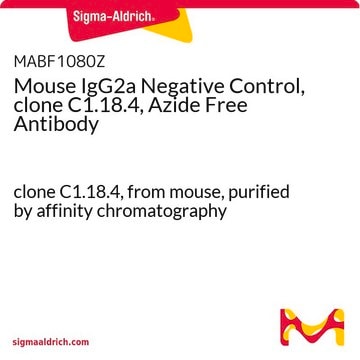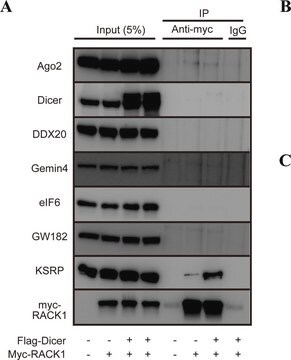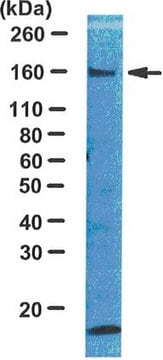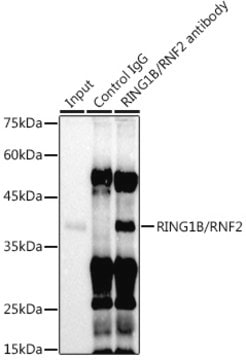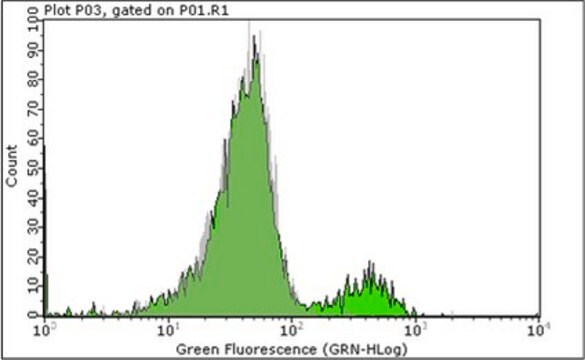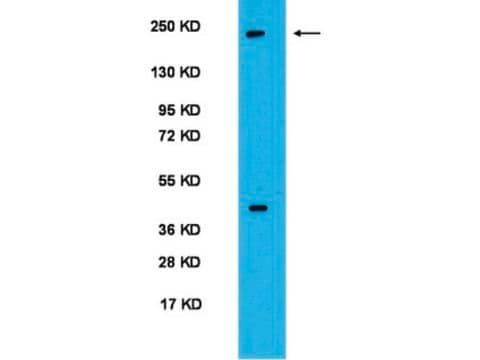MABE972
Anti-PRDM5 Antibody
clone 57-20, from mouse
Synonym(s):
PRDM5, PR domain zinc finger protein 5, PR domain-containing protein 5
About This Item
Recommended Products
biological source
mouse
Quality Level
antibody form
purified immunoglobulin
antibody product type
primary antibodies
clone
57-20, monoclonal
species reactivity
mouse
technique(s)
immunoprecipitation (IP): suitable
western blot: suitable
isotype
IgG2bκ
NCBI accession no.
UniProt accession no.
shipped in
wet ice
target post-translational modification
unmodified
Gene Information
mouse ... Prdm5(70779)
General description
Specificity
Immunogen
Application
Immunoprecipitation: A representative lot of this antibody immunoprecipitated PRDMS E9 and E10 intrahepatic cholangiocarcinoma (ICC) cells. (Seehawer, M., et al. (2018). Nature 562(7725); 69-75).
Quality
Western Blotting Analysis: 8.0 µg/mL of this antibody detected PRDM5 in 10 µg of mouse ESC lysate.
Target description
Physical form
Other Notes
Not finding the right product?
Try our Product Selector Tool.
Storage Class Code
12 - Non Combustible Liquids
WGK
WGK 1
Flash Point(F)
Not applicable
Flash Point(C)
Not applicable
Certificates of Analysis (COA)
Search for Certificates of Analysis (COA) by entering the products Lot/Batch Number. Lot and Batch Numbers can be found on a product’s label following the words ‘Lot’ or ‘Batch’.
Already Own This Product?
Find documentation for the products that you have recently purchased in the Document Library.
Our team of scientists has experience in all areas of research including Life Science, Material Science, Chemical Synthesis, Chromatography, Analytical and many others.
Contact Technical Service